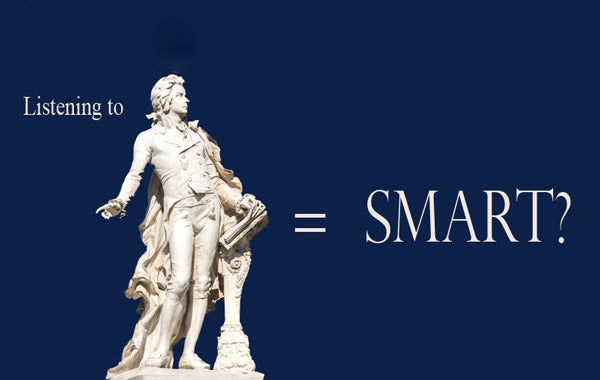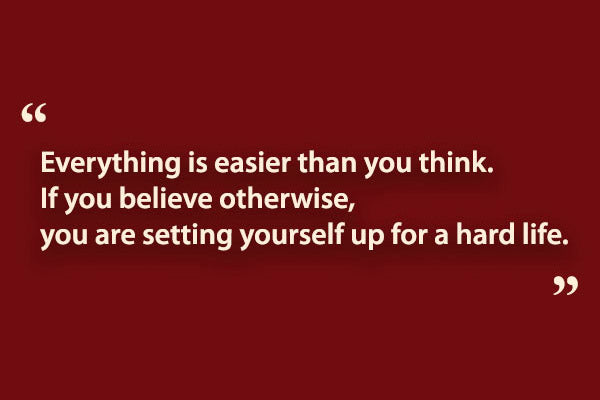It is easy to come across statements that sound scientific or logical. It is one thing to hear them; another to pass them on as a trainer. Unfortunately, over the years a few statements seem to have been repeated so many times in the training industry that people no longer question where they actually came from. These statements are no longer valid; they are simply accepted because they are heard from so many different sources. In short, people seem to be relying on social proof much more than rational proof.
Here, you will be introduced to a few common statements that are repeatedly shared in the training industry but with further scrutiny don’t live up to their promise.
Myth 1: 93% of communication is body language and only 7% is words.
This is perhaps one of the most famous quotes in body language and is usually used in the training industry to convince people that body language is important.
You can do a simple exercise to test the validity of this statement. You will need a video recorder for this. When the next news bulletin comes up on TV, set your video recorder to record the programme. While the recording is underway, mute the TV and only watch the news. Once the news is finished, see how much of the news you actually understood by comparing your understanding to the actual news that you recorded including the spoken words.
Based on the above popular statement, you must have understood about 93% of the news. That means you may need to know when the United Nations’ event took place, what was the name of the local murder victim, what was funny about the statement of President of Russia that is circulating in the blogosphere and what was the name of the new-born baby of that famous actress?
You will need to infer all of that through the body language of the newsreader! That would be a tall order indeed.
The statement which is referenced to Albert Mehrabian is simply a misquotation. The real research led to something much different but still very interesting. You can find out more about it in this guide to reading body language.
Myth 2: We use only 10% of our brains.
What does it really mean to use any percentage of the brain? We have about 85 billion neurons. Does this mean we only use 8.5 billion of them? What are the rest of them doing?
Our brain uses about 20 to 25% of all metabolic energy produced in the body. From the natural evolution’s point of view, brain is very expensive to produce and maintain. There is simply no way that evolution would allow a brain to consume so much power without actually being utilised to full extent. If we are not using 90% of it, there is little reason to have it.
There is simply no evidence that supports such a claim. In fact, losing even a small part of the brain (due to trauma or disease) often leads to catastrophic consequences let alone 90% of it!
Myth 3: Listening to Mozart makes you smarter (or learn better).
This seems to be one of those memes that never died off. It is passed along and lasted all this time probably because we really want it to be true. Humans are obsessed with getting more intelligent and if something as pleasant as listening to Mozart can get them there, they will be ready to jump in. The idea has become so popular that it is now called the “the Mozart effect”.
The truth, sadly, is different. The origin of the story goes back to 1950s when an ENT doctor (Ear, nose and throat) named Alfred Tomatis claimed that listening to Mozart helped his patients with auditory disorders get better.
This was then further popularised by Don Campbell based on an experiment published in Nature claiming that listening to Mozart temporarily boosted scores in a particular part of an IQ test.
Now you can imagine how excited people get when they hear that they can boost their IQ levels through listening to music!
In 1993, researchers published another article in Nature claiming that listening to Mozart gave a temporary enhancement of spatial-temporal reasoning (Rauscher et al. 1993). The effect never lasted more than 15 minutes. According to the researchers, “there are patterns of neurons that fire in sequences, and that there appear to be pre-existing sites in the brain that respond to specific frequencies.”
Well, this is not quite the same as the general all-encompassing statement that listening to Mozart increases intelligence!
Myth 4: Only 10% of training transfers to the job.
Some believe that a training course can have a very marginal benefit for the attendees. A figure that seems to be quoted over and over again is the mythical 10%. Further investigation into the matter by researches in the training industry shows that there is nothing that supports this. In fact, it seems that the quote comes from a rhetorical question delivered to raise people’s awareness about transfer of training. Much more details and references on this specific myth can be found here.
Myth 5: We remember 10% of what we read, 20% of what we hear and 30% of what we see.
It sounds like a nice quote; it even has beautiful numbers and an absurdly logical consistency. It rhymes well too. However, just because it sounds good, it doesn’t make it true. A statement such as this must be supported by facts and there simply aren’t any that do so.
How much we remember depends on many factors including circumstances, learning environment, repetition, memory skills, attention to detail and perhaps the most important of all, our interest in the topic.
The gist of the statement, however, is somewhat true; that the more senses are involved in a given experience, the more likely we are to remember it and to remember more of it. The precise numbers, or the neat order, is not factual or something that you should pass along. If you want to know more about the origin of this statement and how it is debunked see this article here.
Remember, 83% of all statistics are made up on the spot (including this one).
Richard Dawkins wrote a letter to his 10 years old daughter, advising her on what she should believe in. In the letter he warns her of three bad reasons for believing anything; tradition, authority and revelation. This is how he ended that letter. It is useful to remember it the next time you hear a statement such as those explored above:
“Next time somebody tells you something that sounds important, think to yourself: ‘Is this the kind of thing that people probably know because of evidence? Or is it the kind of thing that people only believe because of tradition, authority or revelation?’ And, next time somebody tells you that something is true, why not say to them: ‘What kind of evidence is there for that?’ And if they can’t give you a good answer, I hope you’ll think very carefully before you believe a word they say.”
References
Rauscher, F.H., Shaw, G.L., Ky, C.N., (1993). “Music and spatial task performance”, Nature 365 (6447): 611.
Soft Skills Training Materials
Get downloadable training materials
Online Train the Trainer Course:
Core Skills
Learn How to Become the Best Trainer in Your Field
All Tags
Training Resources for You

Course Design Strategy
Available as paperback and ebook

Free Training Resources
Download a free comprehensive training package including training guidelines, soft skills training activities, assessment forms and useful training resources that you can use to enhance your courses.

Our Comprehensive Guide to Body Language

Train the Trainer Resources
Get Insights - Read Guides and Books - Attend Courses
Training Materials
Get downloadable training materials on: Management Training, Personal Development, Interpersonal Development, Human Resources, and Sales & Marketing














Leave a comment
All comments are moderated before being published.
This site is protected by hCaptcha and the hCaptcha Privacy Policy and Terms of Service apply.